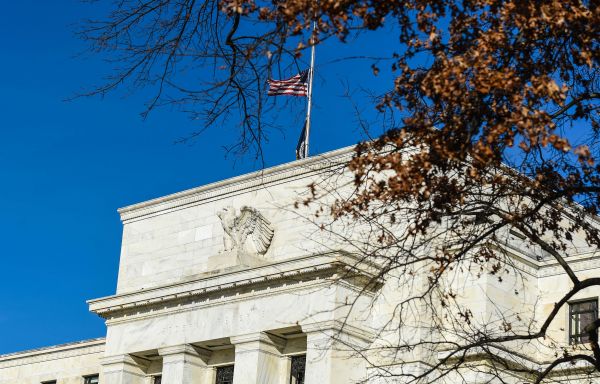Fed warns: Sino-US trade war may drag down US economic growth
The reference news network reported on July 7. The US media said that the Federal Reserve said on the 5th that the uncertainty of the economic outlook has increased in recent months, but it pointed out that the fundamentals of the US economy are still relatively stable.
According to the website of The Wall Street Journal reported on July 5, the Federal Reserve said in its semi-annual report to the US Congress that after 10 years of continuous expansion, the US economy is still stable. However, the report reiterates the recent warnings of policymakers that trade policies, global growth slowdown and other issues pose increasing risks to the economic outlook.
The Fed said: "Since the beginning of May, the new news about economic activities has generally become somewhat pessimistic, and the uncertainty of the economic outlook has increased."
According to the report, officials "will take appropriate measures to maintain the expansion momentum".
The report also said that although the financial system is still "more resilient" than before the 2008 financial crisis, concerns about high-risk commercial loans have intensified.
The Fed said: "There are signs that the credit standards of new leveraged loans are not solid enough and have further deteriorated in the past six months."
The Fed also said that rising borrowing costs or slowing economic growth may pose "noteworthy risks" to these companies and their creditors.
The report said: "Such a development may increase the downside risks of economic activities."
According to the plan, Federal Reserve Chairman Powell will submit this report and testify in Congress on the 10th and 11th.
The latest economic forecast released by the Federal Reserve on June 19th shows that most policymakers expect the unemployment rate in the United States to stabilize at around 3.6% before the end of this year. It is estimated that the US economy will grow by 2.1% in 2019, while the inflation rate will remain at 1.5%.
The forecast shows that among the 17 officials who made predictions before the June meeting, 8 said they expected to cut interest rates this year.
The report shows that the "unusual price drop" probably led to the recent low inflation data. The report also reiterated the view of policy makers that this phenomenon may be "temporary".
The futures market believes that the possibility of the Fed cutting interest rates at the upcoming meeting is close to 100%. Most central bank officials refused to recognize or refute this possibility in their recent statements. Some officials said they hope to see more data about economic performance in the next few weeks before making a decision.
Recently, as American and Chinese leaders reached an agreement on resuming trade negotiations, one of the biggest sources of uncertainty — — US-China Trade Disputes — — The prospects have improved.
According to the monthly employment report released by the US Department of Labor on the 5th, following the weak employment data in May, the US economy added 224,000 jobs last month. The Fed report also pointed out that the labor market is still a bright spot in the economic outlook.
In recent weeks, some policymakers have been worried that interest rate cuts at this stage may increase the risk of financial imbalances in high-risk corporate debt markets and other fields.
According to a report on the website of The New York Times on July 5, Fed officials are worried that the uncertainty caused by the US-China trade war may curb corporate spending, and may lead to a slowdown in manufacturing production and drag down economic growth.
The semi-annual monetary policy report issued by the Federal Reserve raised these concerns. According to the report, the current US financial system is more resilient than before the 2008 financial crisis. In the first half of this year, economic activities grew "steadily" and the job market performed well. However, the report also points out the risk that the trade dispute between the United States and China will gradually emerge as it drags on for a long time.
The Fed said that the latest round of tariff increase "seems to reduce the import and export of the United States and other countries, and the uncertainty of trade policy may lead enterprises to postpone investment decisions and reduce capital expenditures".
